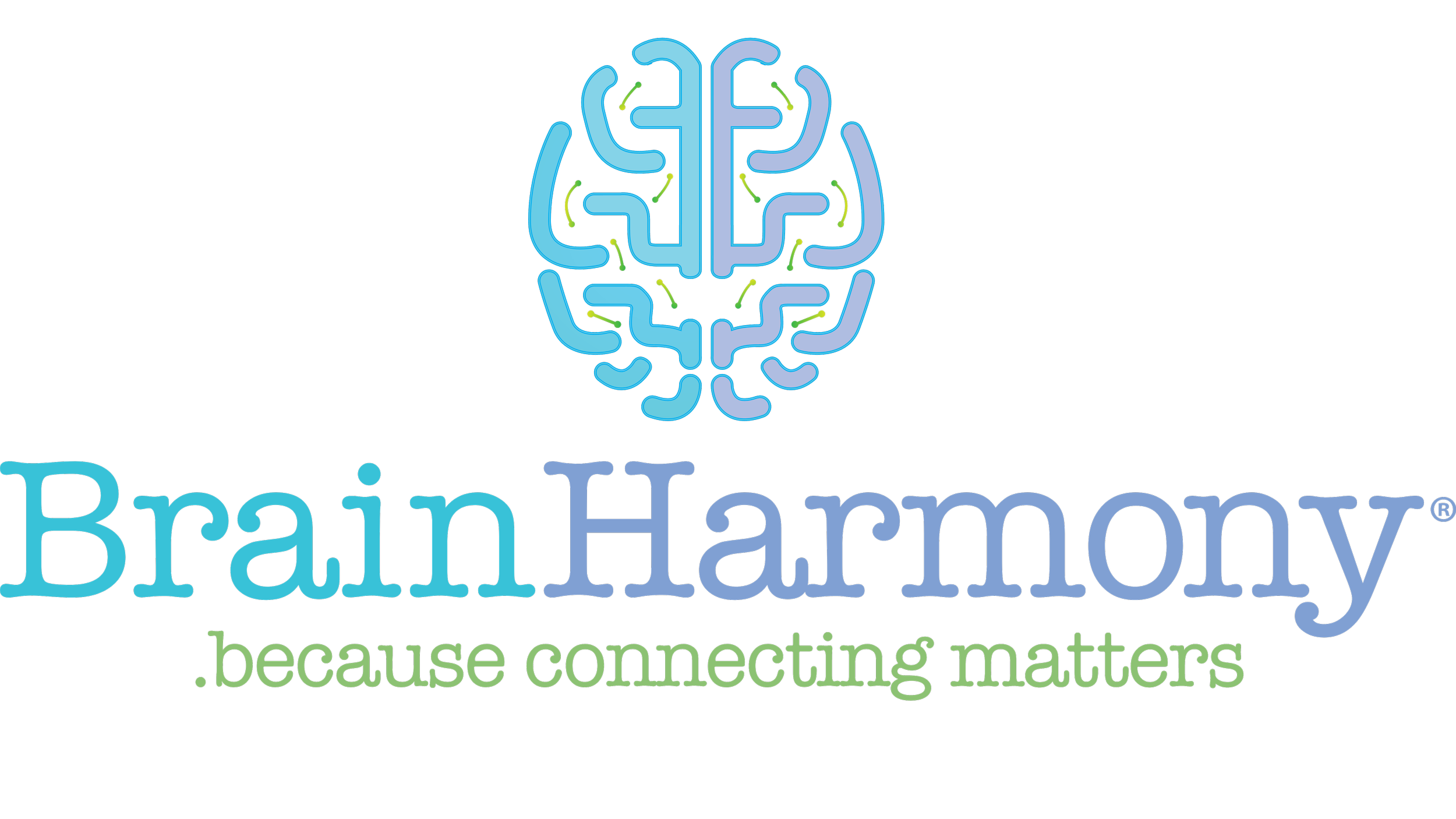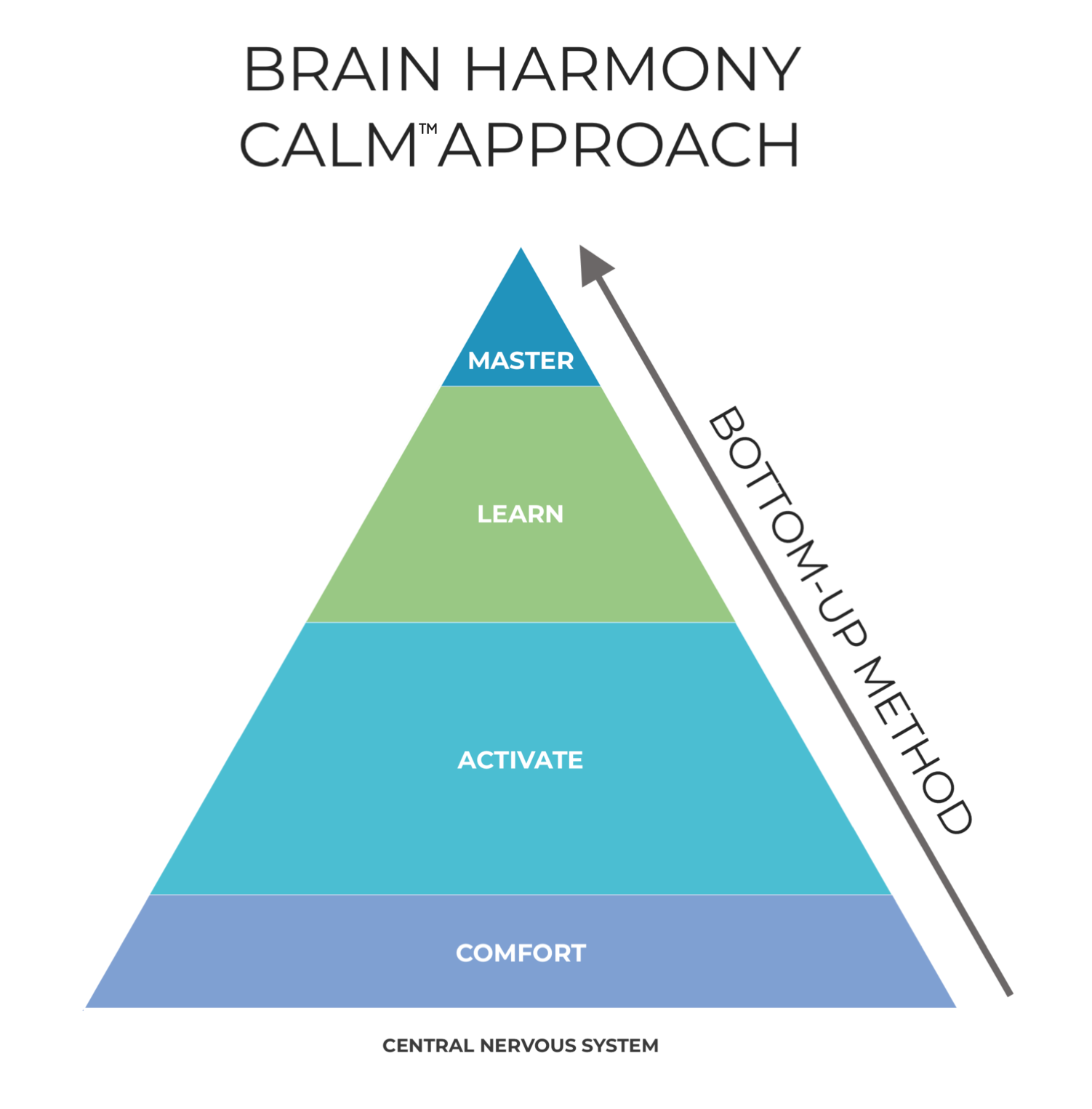What Is Occupational Therapy?
Over the years, Brain Harmony’s licensed therapists have helped thousands of patients improve their brain function.
Our brain-based therapeutic protocols have helped people with a wide variety of cognitive challenges, including:
Depression
Anxiety
Attention deficits (ADD/ADHD)
Post traumatic stress disorder (PTSD)
Stress and sleep
Reading and writing delays
Dyslexia
Speech delays
Chronic fatigue
Autism
Brain injuries
And more
Despite treating such a wide variety of challenges, our protocols are all based on the same principles. We use occupational therapy, a specific type of therapy that focuses on creating practical, measurable improvement through tasks and training.
Occupational therapy is invaluable for improving brain function. But what is it exactly, and why does it work?
Here’s a look at the basics of occupational therapy, and how we use specific protocols to make it even more effective.
What is Occupational Therapy?
Occupational therapy has patients do “occupations” -- specific activities and exercises designed to improve function.
Our approach to occupational therapy is brain-based. We have patients practice activities and exercises, as well as powerful technology, that literally rewire the brain, helping it become more organized and efficient. The result is better performance.
There are three parts to occupational therapy.
1. Assessment
The first step in our practice is to measure your baseline before you start therapy.
If, for example, you come in struggling to get a good night’s sleep, we’ll measure several aspects of your sleep quality: how long you sleep each night, roughly how long it takes you to fall asleep, your grogginess in the morning, and so on.
Our licensed therapists will also interview you about your concerns and needs and give you a basic sensory skills assessment, to get a measure of how your brain responds to stimuli.
Taking these baseline measurements helps us figure out what will work best for your unique needs. It also provides data we can measure against your outcomes after therapy, to see exactly how much your problem improves.
2. Intervention
Once we have a baseline measurement of your function, our therapists will work with you to create a personalized plan of care.
This is where the actual treatment starts. Your plan of care will include a variety of activities and exercises that are tailored to your specific needs. Each exercise is designed to strengthen some aspect of your brain function.
Let’s say, for example, that your initial assessment shows that you struggle to fall asleep. In the interview, you also mention that you get anxious, racing thoughts before bed.
To help, we may include the Safe and Sound Protocol (SSP), which uses technology that calms down your nervous system and reduces hyperactivity in your brain. Then we may move on to other activities that teach you to gain more conscious control over your stress and anxiety levels.
Interventions are the main part of your therapy. By practicing them on a regular basis, you’ll gradually train your brain to work in a new, more stable way. The result is long-lasting behavioral change.
3. Outcome
Once you’ve finished with your intervention, the final step of the protocol is to measure your progress.
We conclude by re-assessing the skills and parameters you tested before starting your intervention. This gives you the chance to see exact measurements of how much you’ve improved.
Outcomes are important because they’re objective. There’s no uncertainty about whether therapy really helped you; you have hard data in front of you that shows you exactly how much better you’re doing.
These three steps -- assessment, intervention, and outcome -- are the basis of any occupational therapy protocol.
The C.A.L.M.™ Method: How We Improve on Traditional Occupational Therapy
Traditional occupational therapy is an invaluable tool for improving your life. However, we sometimes get patients who say they’ve tried occupational therapy before and the results were too slow.
That’s why we developed C.A.L.M.™
C.A.L.M.™ is a new method of occupational therapy that focuses on improving function from the bottom up.
Most occupational therapy starts with higher-level learning. We take the opposite approach. Our protocols begin by reinforcing the most basic parts of your nervous system, providing a stable, effective foundation for you to learn new skills.
Once your baseline brain function is solid, we begin introducing more challenging tasks. Your brain gradually rewires itself and becomes more organized. The result is rapid improvement that lasts long-term.
C.A.L.M.™ has four parts:
Comfort. Virtually all our plans of care start with the Safe and Sound Protocol (SSP), a 5-day protocol that trains your nervous system to relax. Therapy can be stressful work; starting with SSP makes you feel safe on a neurological level, which leaves your brain more open to change.
Activate. Once you’re feeling safe and relaxed, we use exercises that activate your vestibular system -- one of the basic building blocks of your central nervous system, and a common source of brain disorganization. Activating your vestibular system creates a solid foundation for learning other skills.
Learn. After you’ve built up a strong foundation, we begin specific activities and exercises designed to target the parts of your brain that you want to improve. These tasks build up connections in your brain where there weren’t any and rewire inefficient connections. Your brain gradually learns how to function better.
Master. Once your essential skills and brain pathways have been filled in, you practice on a regular basis to strengthen those connections. As therapy continues, you begin to master the skills that you were struggling with when you began therapy. You’ve successfully rewired or rebuilt your brain.
With C.A.L.M.™, our patients see profound improvement in a short amount of time. It’s a newer, better approach than traditional occupational therapy.
Schedule A Free Consultation Today
Occupational therapy is one of the best ways to improve brain function and live a better day-to-day life, and our unique approach makes it even more effective.
If you or a loved one is struggling with depression, anxiety, learning difficulties, sleep, attention, stress, or another behavioral or brain-based issue, we can help.
Schedule a free consultation with one of our certified behavioral therapists. We’ll talk to you about your needs and come up with a personalized plan of care to help you live a better, more effective life.
Speech and Language Delay with Sensory Integration Concerns
At two years and nine months old, Harper was only able to use about 30 words, could only label items, and was not using her words to communicate. Her speech therapist was having trouble making progress, and her lack of communication was tough on the family. After about three months of using Brain Harmony over the summer, Harper became a different person. She started communicating in sentences, reading, and acting like a vibrant young girl.
Harper got off of her therapies in May, so we were able to do it throughout the summer, and when we came back in August her therapists were floored, and that was the only change we had made. They didn’t even know what we were doing. When I had her IEP meeting they said “when you left, you left with a different kid than you came back with.”







